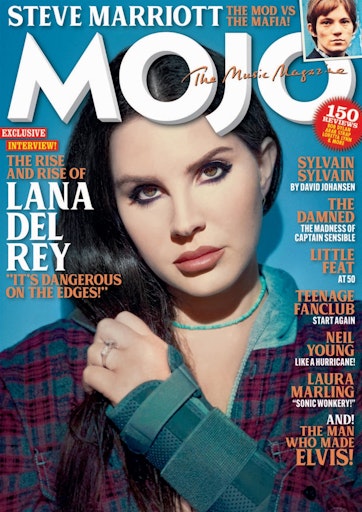To further understand how mise-en-scene can communicate meaning in an image, I made a moodboard of conventions in a genre of music. The genre I chose was folk. Some of these conventions include acoustic / string instruments, the outdoors and small, local concerts. This has helped me understand the folk music genre more than before and has also helped me to think about what key iconography can be linked to certain genres so even if the denotations are the same, the connotations can be completely different.

Here is an image of my folk costume with some sticky notes attached to me. These notes were written by other people and describe what they thought of my genre in one word. This was to gain a better understanding of other peoples views on the same genre of music as everyone is bound to have different opinions to one another. For example, whilst some saw my costume as natural and organic, others saw me as odd and quirky, which is completely understandable.
 This is my chosen image out of the many we took. Here you can see my constume that is meant to represent the folk genre. I tried to get a rural, natural vibe going on with the sheepskin waistcoat and the straw hat as that’s what is commonly associated with the genre. My pose has a sort of prideful, happy look which I find fairly fitting as folk music seems like it’s fairly relaxed but also has a passionate community for the music. This photoshoot has made me think about how mise-en-scene can effect what the audience thinks about a product and how you can convey that message to the audience.
This is my chosen image out of the many we took. Here you can see my constume that is meant to represent the folk genre. I tried to get a rural, natural vibe going on with the sheepskin waistcoat and the straw hat as that’s what is commonly associated with the genre. My pose has a sort of prideful, happy look which I find fairly fitting as folk music seems like it’s fairly relaxed but also has a passionate community for the music. This photoshoot has made me think about how mise-en-scene can effect what the audience thinks about a product and how you can convey that message to the audience.
In future I will use all of the insight gained today in order to try and achieve a better representation of genre when it comes to mise-en-scene so I can convey to my audience exactly what they are looking for in a magazine for a certain genre. I will also research my target audiences tastes and expectations before coming to a conclusion based on my own presumptions about certain genres, so audiences can feel happier with the final product that I produce.

 In future I will try and use the skills I have shown today in both photoshop and indesign in other pieces of work for media but also in a potential future job in media. I will also try to improve by trying out different colour schemes and being more developmental with my background, typography, layout so more potential consumers will start the AIDA process whilst staying true to the conventions of my genre.
In future I will try and use the skills I have shown today in both photoshop and indesign in other pieces of work for media but also in a potential future job in media. I will also try to improve by trying out different colour schemes and being more developmental with my background, typography, layout so more potential consumers will start the AIDA process whilst staying true to the conventions of my genre.


